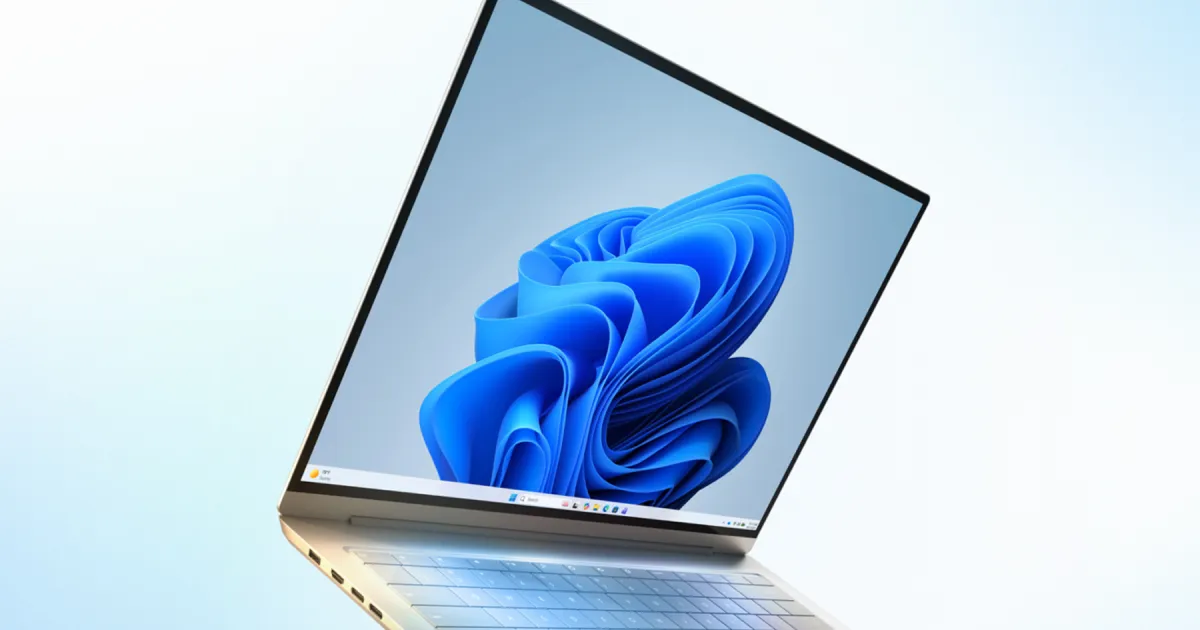Copyright Digital Trends

What’s happened? After years of complaints, Windows 11 (and some Windows 10 PCs) will now correctly shut down when you click “Update and shut down”, instead of rebooting unexpectedly. As reported by Windows Latest, the fix is included in the optional update KB5067036 and is expected to roll out broadly soon. The bug caused systems to restart after “Update and shut down”, leaving laptops still powered on and draining battery overnight. Microsoft’s support documentation now states it has addressed the “underlying issue which can cause ‘Update and shutdown’ to not actually shut down your PC after updating.” The fix arrives with the Windows 11 25H2 build 26200.7019 (and 24H2 build 26100.7019) or later. Why this is important: Even though it may sound trivial, this bug undermined trust in shutdown routines, which are essential for laptops, gaming PCs, and any system where you expect it to power off after updates. Millions of users ended up with systems still running after selecting the “shut down” option, draining batteries, wasting electricity, or restarting without warning. Recommended Videos Now that Microsoft has officially fixed it, users can again rely on their system’s power states. The fix also matters for gamers: prolonged unnecessary runtime on gaming laptops can reduce battery health and increase heat accumulation. With the bug rectified, both gaming and everyday users stand to benefit. Why should I care? If you use a Windows 11 PC, especially a laptop, this fix directly improves your day-to-day experience. Instead of waking up to a half-dead battery or a machine that mysteriously rebooted overnight, your system should finally do exactly what you asked: shut down. That means fewer reminders to carry a charger, less background wear on components, and more confidence that your PC won’t be running when it shouldn’t. It also helps curb long-term battery degradation caused by unnecessary overnight power draw, which is a big deal for compact gaming machines and travel laptops that rely heavily on battery health. And from a security standpoint, knowing your device actually powers off when requested gives you better control over when updates apply, how long your system stays online, and when your data is exposed. In short, this isn’t just a quality-of-life improvement, but it also restores basic trust in how Windows handles power.



